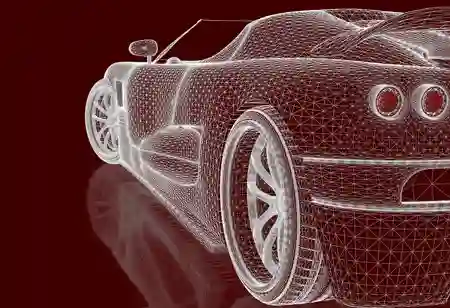THANK YOU FOR SUBSCRIBING
THANK YOU FOR SUBSCRIBING
Be first to read the latest tech news, Industry Leader's Insights, and CIO interviews of medium and large enterprises exclusively from Auto Tech Outlook

By
Auto Tech Outlook | Tuesday, December 17, 2024
Stay ahead of the industry with exclusive feature stories on the top companies, expert insights and the latest news delivered straight to your inbox. Subscribe today.
Electric vehicles face some crucial challenges, such as Electric vehicle reliability, charging infrastructure, and challenges in Manufacturing.
FREMONT, CA: Experts predict that electric vehicle sales will exceed 10 million units by 2025 due to the ever-increasing demand for sustainable transportation. A decrease in battery prices and a consumer desire for more sustainable transportation have led to an increase in Electric vehicle options in recent years.
Advanced electronically controlled systems must work together in a wide range of operating conditions in order to make sure pure-electric and hybrid-electric vehicles are safe, reliable, and perform efficiently.
As hybrids and electric vehicles become more popular, the following challenges need to be overcome:
Infrastructure for charging: While charging stations have been added to commercial parking lots, outside company buildings, and garages, the biggest issue for consumers is the lack of charging stations for long-distance travel. The number of charging stations is simply insufficient for those traveling beyond the local grocery store and work. Charging infrastructure will need to be expanded rapidly to continue with the rapid growth of hybrid and electric vehicles. Recently, the federal Inflation Reduction Act of 2022 was signed into law, providing billions to accelerate Electric vehicle production. A light-duty Electric vehicle tax credit of up to $7,500 per vehicle will also be available to many U.S. consumers until 2032.
Batteries that are less efficient and have a limited driving range: A lithium-ion battery used for vehicle electrification today provides a range of 249-311 miles (400-500 km); this is considered a limited range since drivers expect a range of more than 400 miles (644 km). A battery's design is limited by its power density in relation to its mass and size. Mass increases the vehicle's braking, handling, and acceleration while requiring more energy. A car's battery must also not degrade too much over time, so drivers won't have to replace it multiple times during its lifetime.
Reliability of electric vehicles: The reliability of powertrain components such as motors, batteries, and power electronics is a key challenge for designers due to environmental stress, such as mechanical shocks and temperature variations. It is important to consider how the performance of one component might impact the performance of another.
A second obstacle is the microcontroller's ability to optimize power efficiency for a different component of the Electric vehicle since long-term design flexibility depends on high to low-end designs. AEC-Q100 specifies temperature specifications for on-chip memory solutions. In addition, designers using 7nm and 10nm parts face integration challenges that haven't been debugged yet.
Automotive Supply Chain Fluctuations: An electric drivetrain has about 3,800 fewer parts than a gasoline-powered vehicle. A lower cost, less maintenance, and overall reduced cost of ownership are some of the benefits of this. Nevertheless, suppliers are very dependent on OEMs and the simulation tools they use, so integration is more important than ever. To keep up with future mass Electric vehicle adoption, OEMs and suppliers must proactively update their supply chains based on global incentives and future restrictions.
 Copyright © 2025 AutoTech Outlook. All Rights Reserved | Privacy Policy | Subscribe | Sitemap | About us | Feedback Policy | Editorial Policy
Copyright © 2025 AutoTech Outlook. All Rights Reserved | Privacy Policy | Subscribe | Sitemap | About us | Feedback Policy | Editorial Policy 



